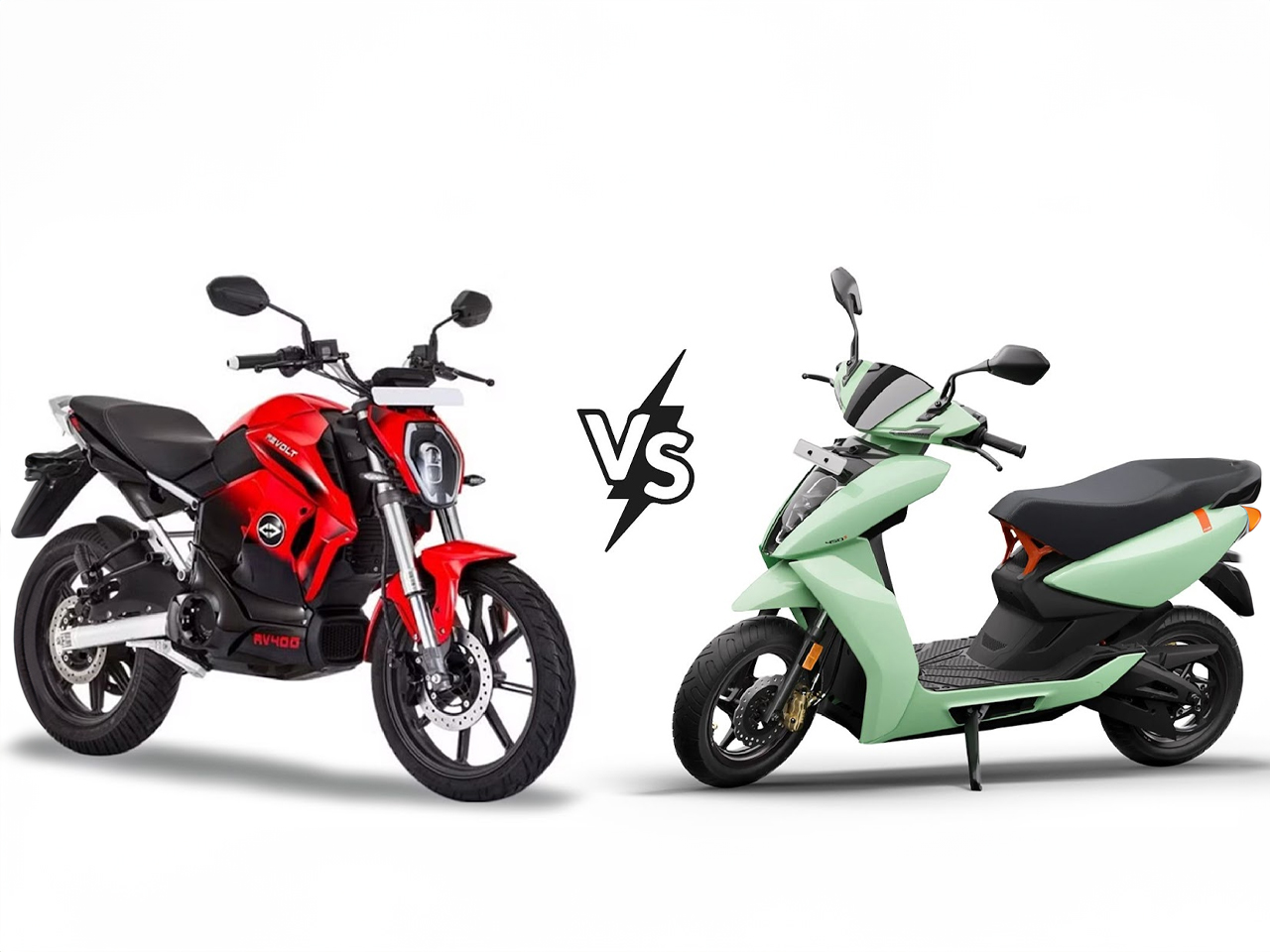Why Electric Scooters and Bikes Are Leading India's EV Adoption
Why Electric Scooters and Bikes Are Leading India's EV Adoption
Published On Jan 15, 2025 06:25:00 AMIndia is experiencing an electric vehicle (EV) revolution, with two-wheelers leading the charge. Unlike electric cars, which face challenges like high costs and infrastructure limitations, electric scooters and bikes are witnessing rapid adoption. This surge is driven by affordability, government incentives, rising fuel prices, and urban mobility needs.
Why Are Electric Two-Wheelers Leading the EV Market?
1. Affordability and Lower Operating Costs
Electric two-wheelers are significantly cheaper than electric cars. With models starting as low as ₹70,000, they provide a cost-effective alternative to petrol-powered scooters. Additionally, EVs have lower maintenance costs due to fewer moving parts, and their running cost is just ₹0.25-₹0.50 per km, compared to ₹2-₹3 per km for petrol bikes.
2. Rising Fuel Prices
India’s fuel prices have been fluctuating, often crossing ₹100 per litre, making petrol-based two-wheelers expensive to run. In contrast, EVs offer a stable and predictable cost per kilometre, encouraging consumers to switch to electric mobility.
3. Government Incentives & FAME II Policy
The Faster Adoption and Manufacturing of Electric Vehicles (FAME II) scheme provides subsidies that significantly reduce the price of electric two-wheelers. Key incentives include:
-
Subsidies of up to ₹15,000 per kWh of battery capacity.
-
GST reduction from 12% to 5% for EV purchases.
-
Road tax exemptions in various states like Maharashtra, Delhi, and Karnataka.
Many states also offer additional benefits, further bringing down costs and making EVs a lucrative option.
4. Expanding Charging and Battery Swapping Infrastructure
One of the biggest concerns for EV adoption is charging infrastructure. However, electric two-wheelers require smaller batteries and shorter charging times compared to cars. Key developments include:
-
Home charging solutions that allow users to charge overnight.
-
Battery swapping networks by companies like Bounce Infinity, Sun Mobility, and Gogoro, which reduce downtime and eliminate range anxiety.
-
Increased installation of charging stations at petrol pumps, malls, and metro stations.
5. High Urban Demand and Last-Mile Connectivity
With India’s urbanisation growing rapidly, two-wheelers are the preferred mode of transport for millions. E-scooters and e-bikes offer easy maneuverability, lower emissions, and reduced noise pollution, making them ideal for city commuting. Moreover, food delivery and ride-sharing platforms like Zomato, Swiggy, and Rapido are increasingly adopting electric two-wheelers for cost savings and sustainability.
Top Electric Two-Wheeler Brands in India
Several companies are dominating the Indian e-scooter and e-bike market:
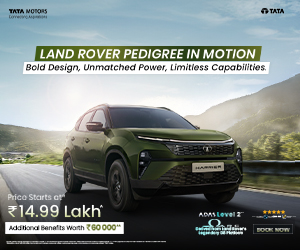
-
Ola Electric – Ola S1 series
-
Ather Energy – Ather 450X, 450S
-
TVS – TVS iQube Electric
-
Bajaj – Bajaj Chetak Electric
-
Hero Electric – Hero Optima, Photon
-
Revolt Motors – Revolt RV400 (electric motorcycle segment)
Challenges Hindering Faster Adoption
Despite the rapid growth, electric two-wheelers face some challenges:
-
Limited range – Most e-scooters offer 80-150 km per charge, which may not be sufficient for long-distance travel.
-
Battery costs– Although decreasing, lithium-ion batteries still make up 40-50% of the vehicle’s cost.
-
Lack of widespread charging stations – While expanding, charging infrastructure needs further investment to support mass adoption.
Future Outlook for Electric Two-Wheelers in India
India’s EV market is projected to grow significantly, with two-wheelers expected to dominate the segment. Some trends to watch:
-
More affordable EV models entering the market.
-
Expansion of battery swapping networks to reduce charging downtime.
-
Indigenous battery production to lower costs and reduce import dependency.
-
Stronger government push through subsidies and incentives.

Conclusion
Electric scooters and bikes are leading India's EV adoption due to affordability, fuel savings, and strong government support. While challenges remain, the rapid advancements in technology and infrastructure indicate that electric two-wheelers will soon become the default mode of urban transportation in India. The future is electric, and two-wheelers are paving the way!


Popular Articles:
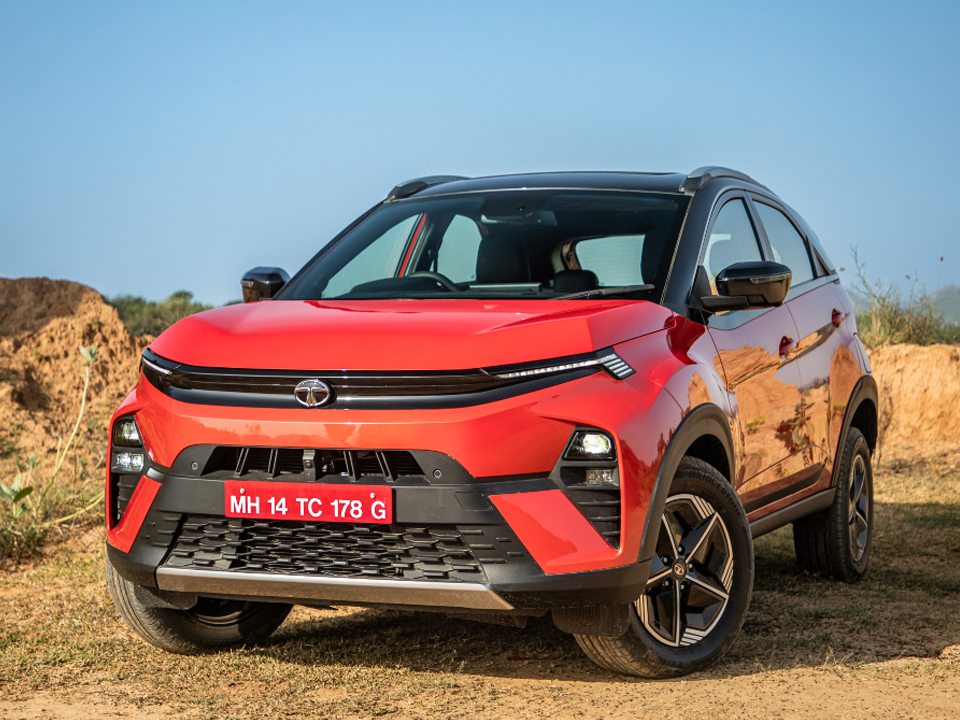 45k+ Views
45k+ Views
Tata Nexon
The Tata Nexon is one of India's most popular compact SUVs, known for its bold design etc...
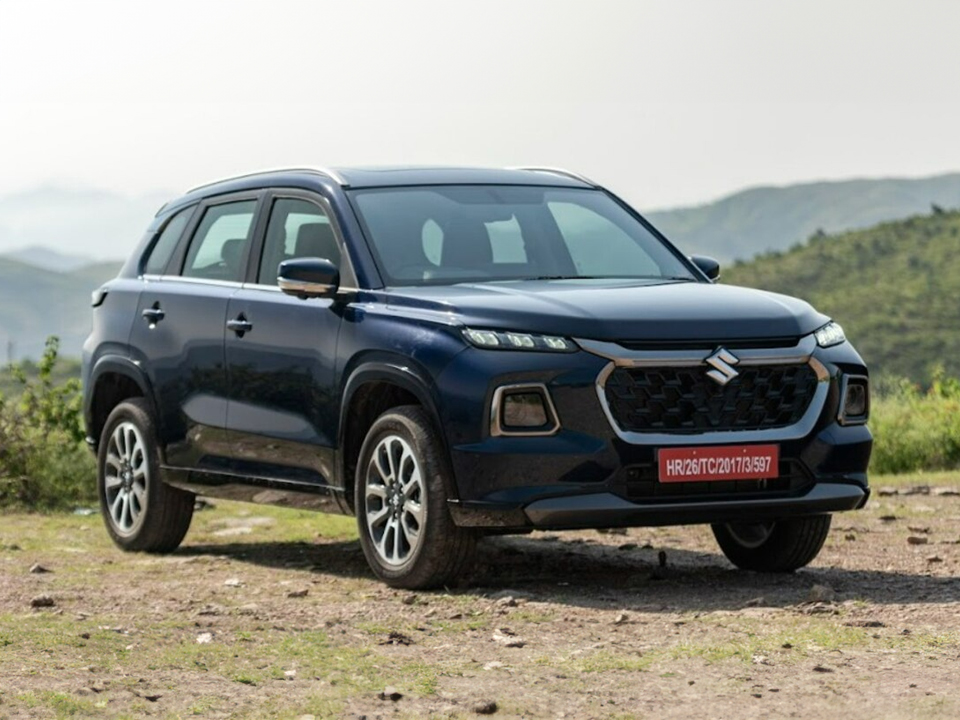 45k+ Views
45k+ Views
Maruti Suzuki Grand Vitara
The Maruti Suzuki Grand Vitara is a game-changer in the mid-size SUV segment, etc...
 45k+ Views
45k+ Views
Mercedes-Benz G-Class
The Mercedes-Benz G-Class, also known as the G-Wagon, is an iconic SUV etc...
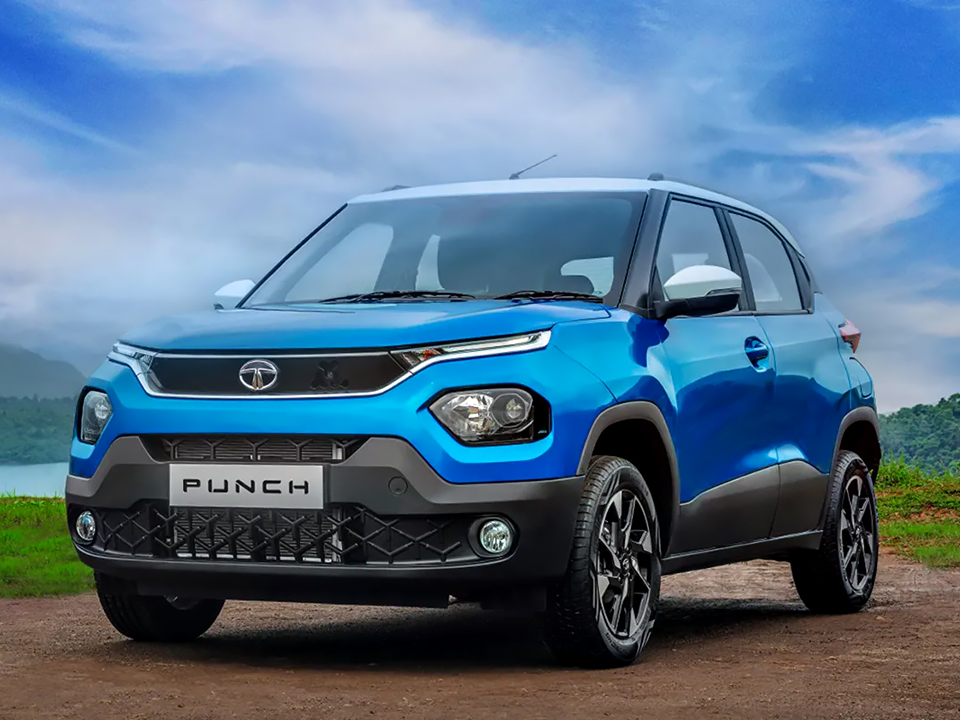 45k+ Views
45k+ Views
Tata Punch
The Tata Punch has revolutionized the compact SUV segment in India, offering a perfect mix of affordability etc...
Popular Articles:
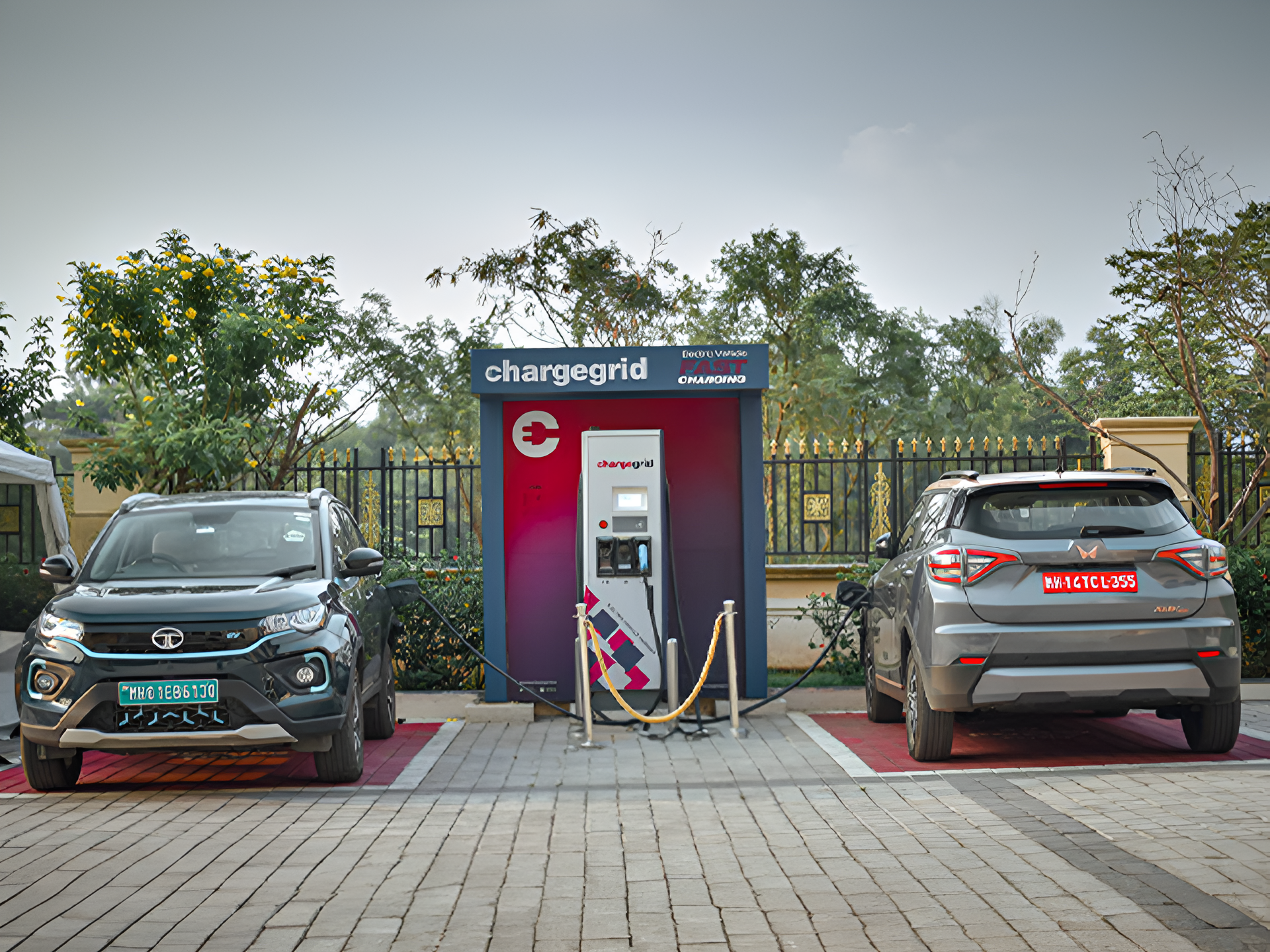
India is Pushing EV Adoption
India is the Faster Adoption and Manufacturing of Hybrid and Electric Vehicles (FAME) scheme.

The EV Battery Recycling Problem
As India accelerates its transition to electric vehicles (EVs), a major challenge looms—battery
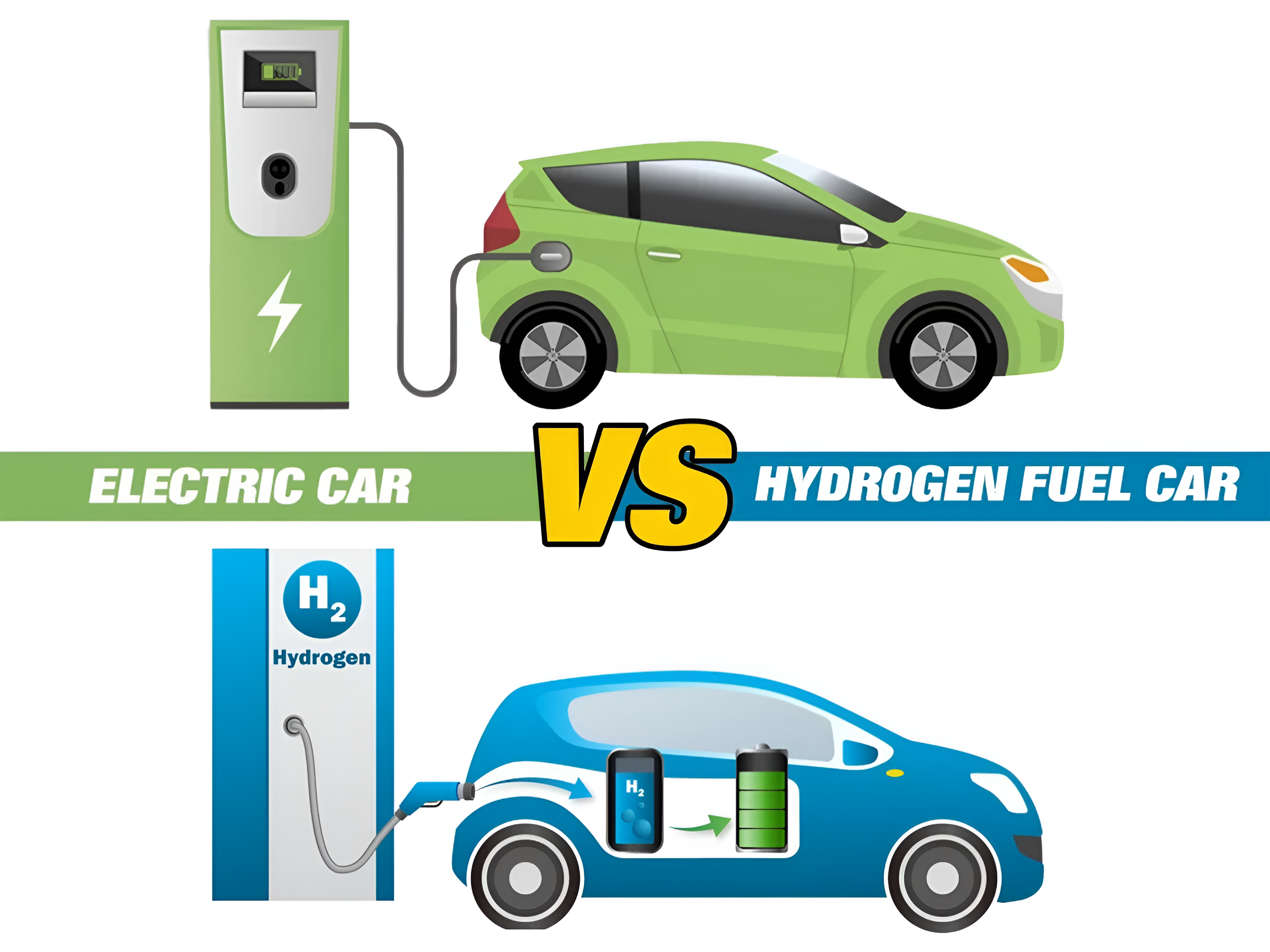
Hydrogen vs Electric
India is at a crucial juncture in its transition to sustainable transportation.
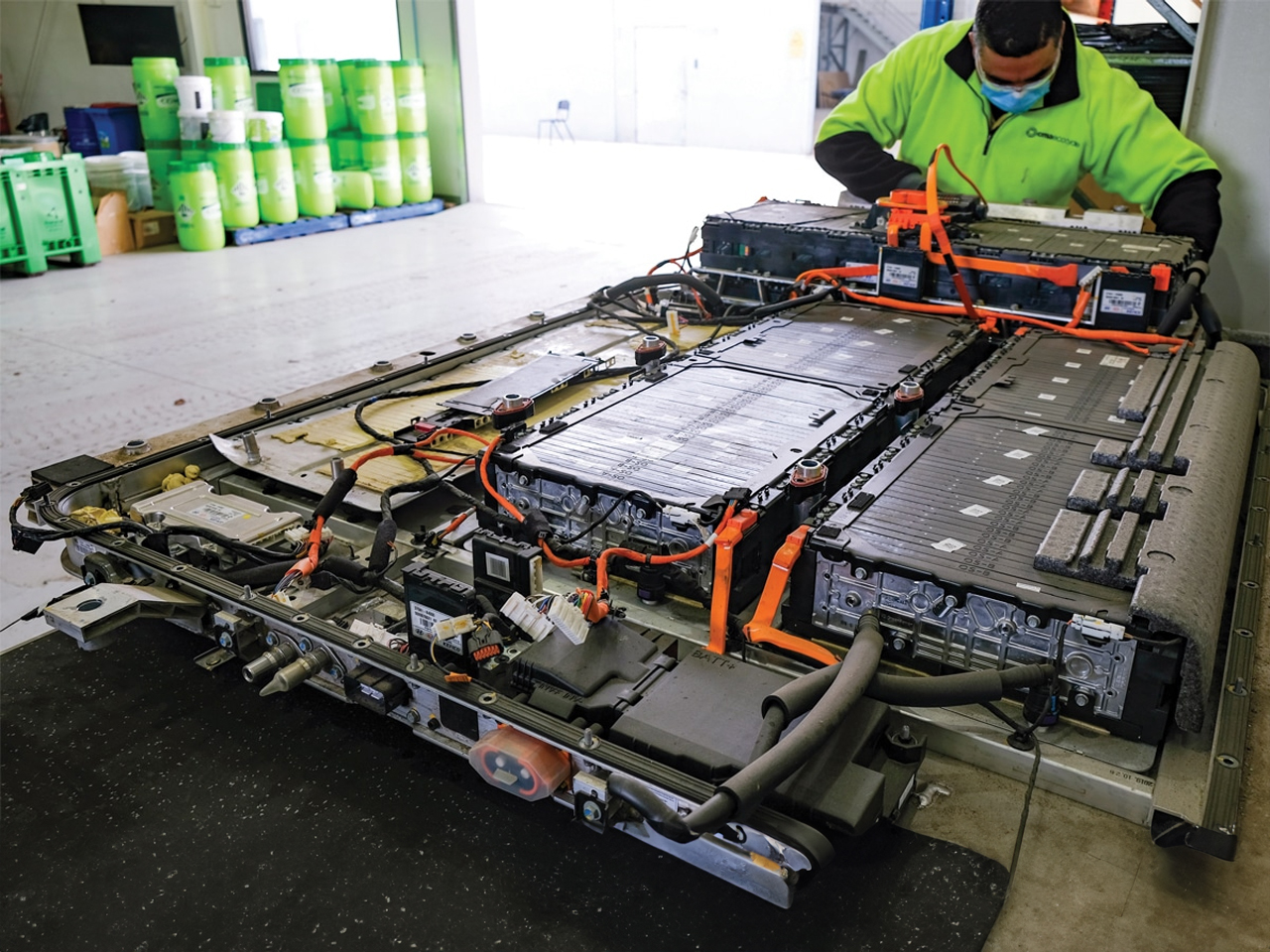
The Future of EV Batteries
Electric Vehicles (EVs) are at the forefront of the global transition to clean mobility
